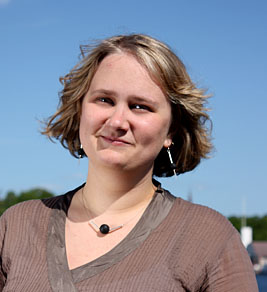State of the Nordic Region 2013 gives a comprehensive status of the latest development in the Nordic region, with a specific focus on both regional and municipal levels. It incorporates the latest available statistics with analyses on population structure, migration, labour market trends as well as economy.
In order to develop and implement successful regional development strategies Nordic professionals and policymakers need to see their area in a larger context. One of the main prerequisites for this is the ability to access up to date and reliable statistical information. Such information is available in Nordregio’s database, which is the only complete database that covers the whole Nordic region with regard to comparable socio-economic data on the municipal and regional levels. This report is the thirteenth volume in the series “Regional Development in the Nordic countries”, which has, since 1981, supplied practitioners with comprehensive analyses of the Nordic regional development scene. It incorporates the latest available statistics with analyses on population structure and migration and labour market trends as well as economic status and performance.
The themes of the chapters have been selected in relation to Nordregio’s thematic focus areas, database activities and to existing development patterns as described in the Nordic cooperation programme for regional policy 2013 – 2016. Each of the chapters can be read either as an independent article, thus giving the reader the opportunity to focus on topics of particular interest, or as part of a coherent report.
The State of the Nordic Region 2013 divides the Nordic countries into 1221 municipalities and 78 regions. Division into labour market and NUTS2 regions has also been used when insufficient data was available at the municipal or administrative regional level. In order to set the development status and trends in a wider perspective, comparisons with Nordic and European averages are presented when relevant.
The chapters on demographic development describe the main driving forces behind trends in population change in the Nordic countries during the last decade; and how changes in age structure, especially the increasing share of elderly people, are distributed and how they affect the dependency ratio. Elements on international migration and its regional distribution can also be found.
The chapters on labour market trends focus on levels of employment and unemployment, sickness and activity leave. One chapter also provides insight on highly educated people and their localisation in the Nordic region.
The chapters on economic performances include elements on regional differences in GDP and productivity, aspects of the economic crises, regional innovation and entrepreneurship, research and development as well as a discussion on green growth as a policy concept in the Nordic region.









